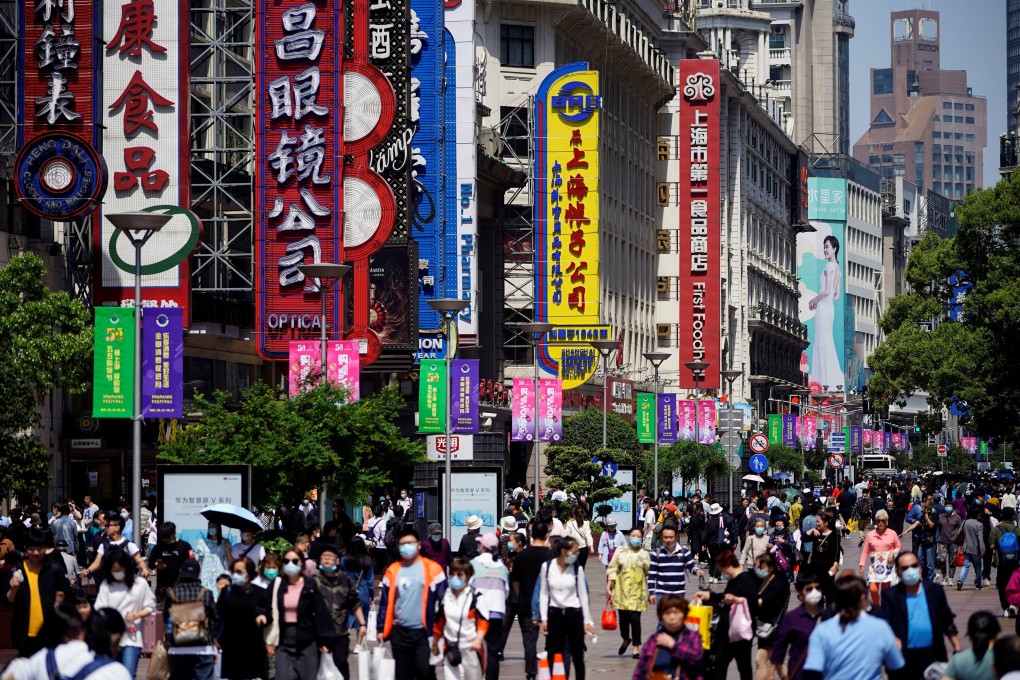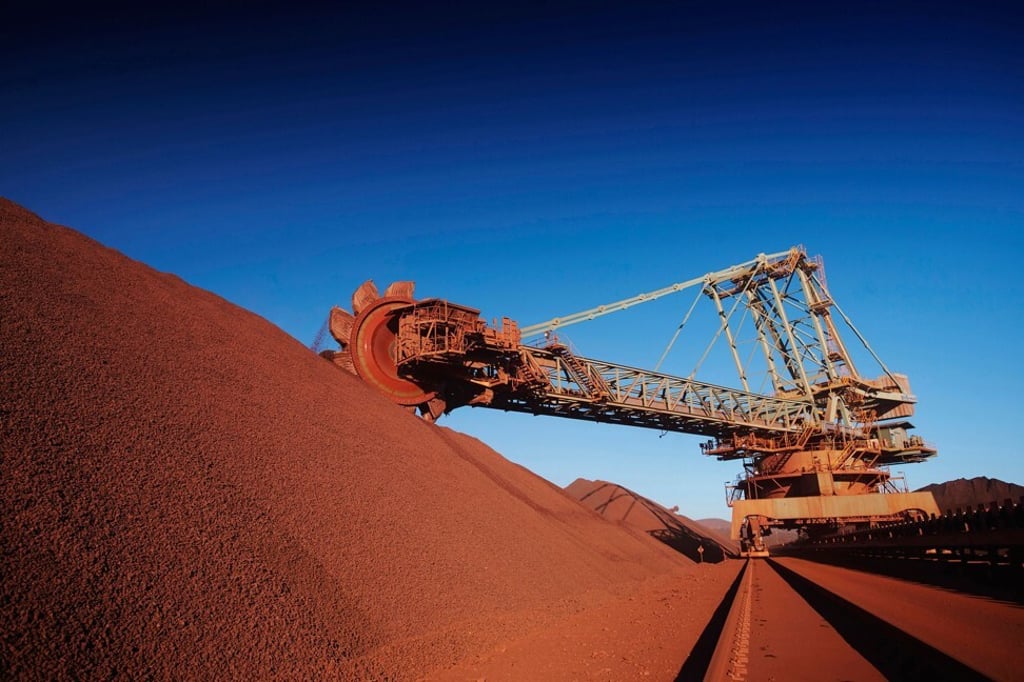Advertisement
Why China’s central bank is unlikely to cave in to inflation pressure from the commodities boom
- For emerging markets, the inflation jump, while temporary, could put public pressure on central banks to raise interest rates
- But Chinese policymakers see the commodity price surge as driven more by external factors, which cannot be directly mitigated by domestic policy tightening
Reading Time:3 minutes
Why you can trust SCMP

Commodity prices, which had returned to pre-coronavirus levels by the end of last year, have gone on to rise by more than 20 per cent this year, according to the Commodity Research Bureau Index. The increase has been broad-based, affecting energy, industrial metals and agricultural prices.
In particular, iron ore and copper prices have surged to all-time highs, passing key levels of US$200 and US$10,000 per tonne respectively. The rapid price surges were driven by booming demand as the global economy recovered while supply remain constrained.
These higher commodity prices are already showing in the latest inflation signals. Consumer price indices have picked up across emerging markets since the start of the year.
Advertisement
Inflationary pressure from rising commodity prices is likely to be more of a concern for the central banks of emerging rather than developed markets, as inflation expectations tend to be less anchored in emerging economies.
Benign inflation since the start of the Covid-19 pandemic has enabled many emerging-market central banks to ease monetary policy significantly, in contrast to the policy tightening seen in previous crises.
Advertisement

Advertisement
Select Voice
Choose your listening speed
Get through articles 2x faster
1.25x
250 WPM
Slow
Average
Fast
1.25x
